Arlington County police are investigating “extensive” graffiti, including a racist word, on the roof of Dorothy Hamm Middle School.
Families were informed of the vandalism via email yesterday.
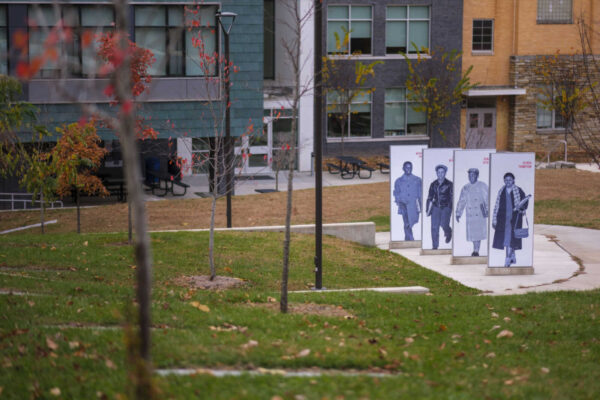
Arlington County police are investigating “extensive” graffiti, including a racist word, on the roof of Dorothy Hamm Middle School.
Families were informed of the vandalism via email yesterday.
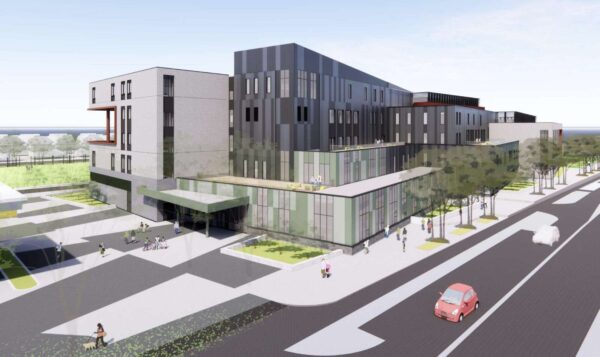
Arlington’s state legislators are calling on school officials to provide more labor protections for workers building the multimillion-dollar Arlington Career Center.
Sens. Adam Ebbin and Barbara Favola, along with Delegates Patrick Hope, Alfonso Lopez and Adele McClure, sent a letter to the Arlington School Board last month requesting a prevailing wage requirement. This would require workers to receive wages comparable to market rates when constructing the roughly $180 million project at 816 S. Walter Reed Drive.
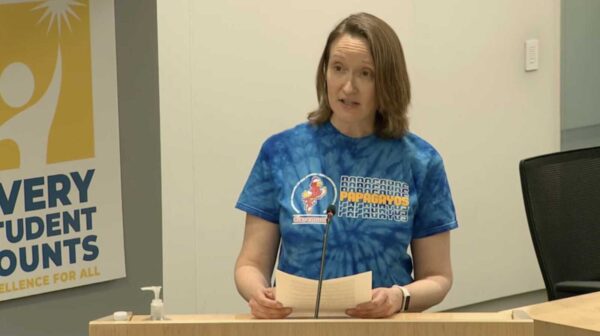
Arlington Public Schools is pausing for one year the rollout of changes to its Spanish immersion programs at Claremont and Escuela Key elementary schools.
The pause and how it was communicated have upset parents of students most affected by the shift: rising second-graders. In speeches to the School Board, an online petition and interviews, this group of parents is calling on the Arlington School Board and school administrators to reverse course.
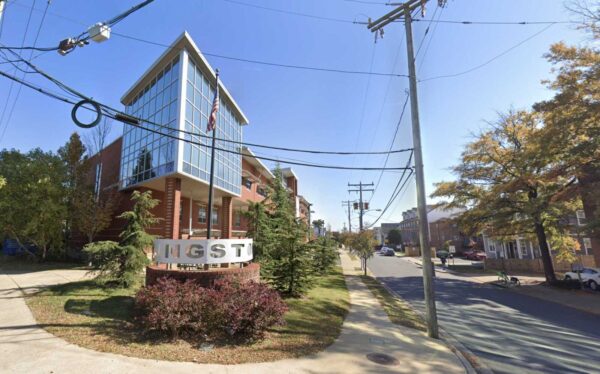
(Updated at 1:40 p.m.) An Arlington school went into lockdown Wednesday after a student reportedly brought a gun to school.
All students at the Langston High School Continuation Program and New Directions secondary program are safe and the lockdown lasted about 30 minutes, Principal Kim Jackson-Davis said in an email to families Wednesday afternoon.
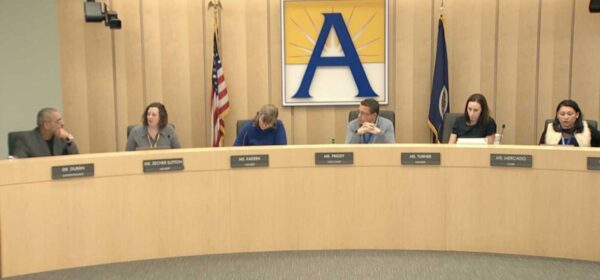
(Updated at 11:05 a.m.) Arlington Public Schools Superintendent Francisco Durán has proposed a 2024-2025 budget that he says avoids new expenses in a lean fiscal year compounded by state funding uncertainty.
He presented an $824.7 million budget — which increases the current budget by $12.2 million, or 1.5% — to the Arlington School Board last week.
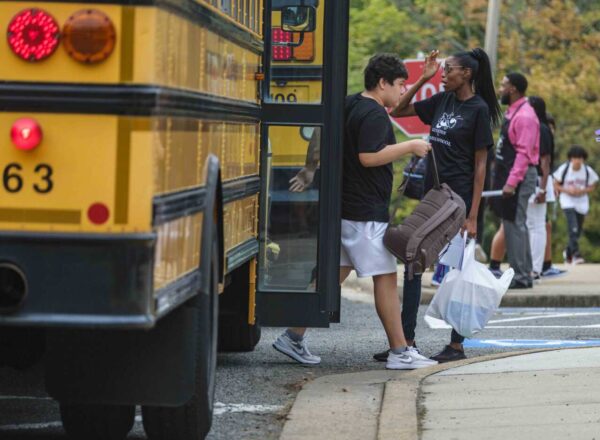
A mini-baby boom could deliver Arlington Public Schools a slight enrollment bump through 2033, according to the latest 10-year projections.
The report says live births are predicted to increase by 13%, or about 300 babies, through 2028. This modest increase contrasts with a report last year predicting short-term increases followed by declines in the outer years due to declining births.
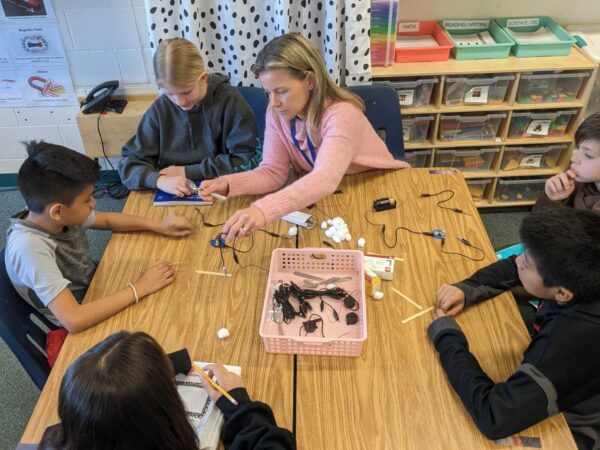
When Carrie Lombardi left her New York City finance job to teach at Burgundy Farm Country Day School, she was surprised to hear clucking from a colleague’s classroom one day.
The students, she learned, were raising chickens as part of their science curriculum.
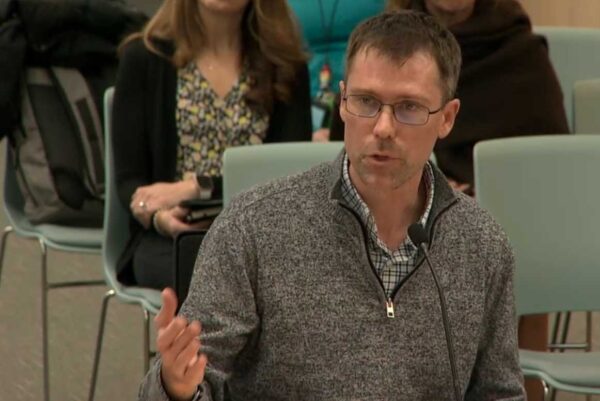
A newly formed committee says it aims to learn more about how Arlington Public Schools students use their school-provided devices both in and out of the classroom.
The Educational Technology Advisory Committee, which formed last year, consists of parents, technology specialists and APS personnel. One of their top priorities is determining the educational impacts of the iPads and MacBooks that APS provides all students.
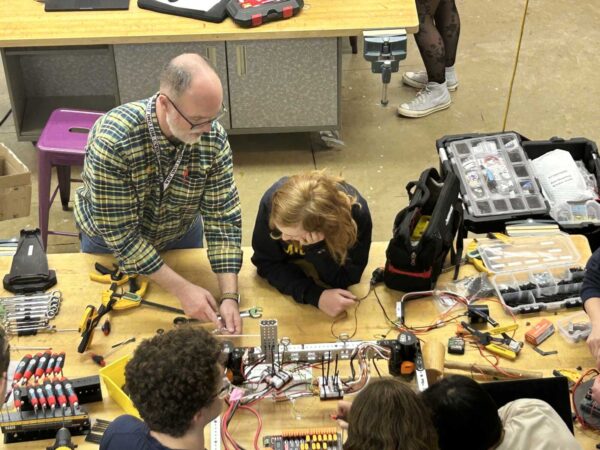
One meeting down and two more to go before recommendations could emerge for a new name to adorn the forthcoming Arlington Career Center building.
Arlington Public Schools last month created a naming committee to discuss potential names for the new building, which will house the Arlington Career Center and the handful of programs within it, including Arlington Tech. As the committee has just starting meeting, no contenders have yet emerged for the building on S. Walter Reed Drive, slated for completion in the fall of 2026.
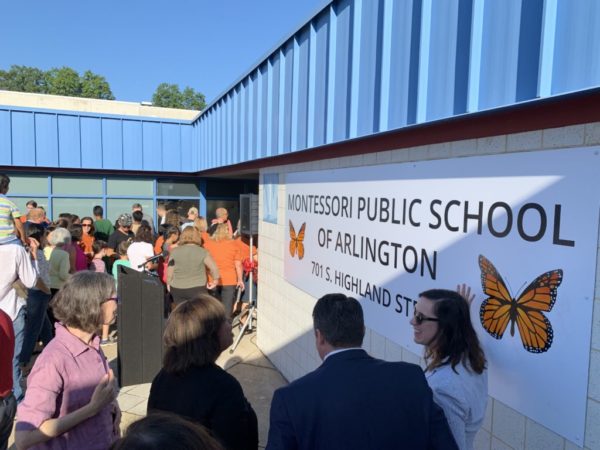
(Updated at 12 p.m.) An elementary school has become the next flashpoint in discussions of how Arlington Public Schools should use its existing buildings.
Last year, the Nottingham Elementary School community was roiled by a potential plan to close the school and turn the building into a “swing space” to accommodate students whose home schools were under renovation.
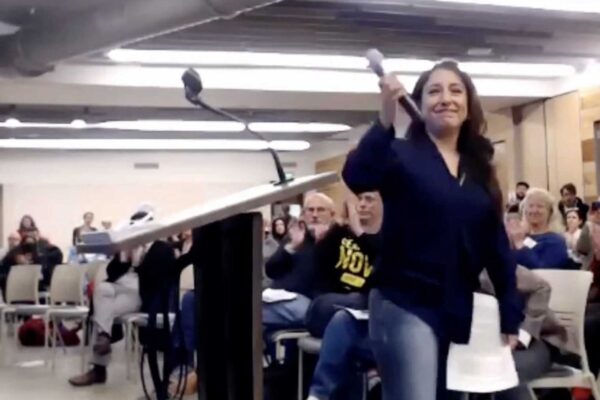
Four School Board hopefuls are now jockeying for the endorsement of Arlington Democrats this May.
Kathleen Clark, Larry Fishtahler and Zuraya Tapia-Hadley launched their School Board bids during the Arlington Dems monthly meeting at Lubber Run Community Center on Wednesday night.